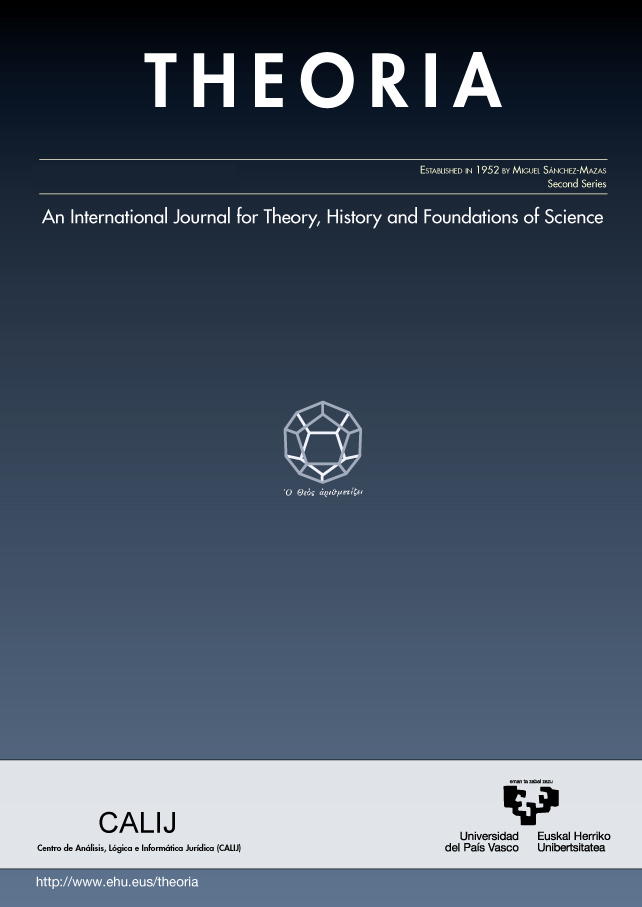Genetic improvement programs: From animal breeding and selection practices to the impossibility of liberal eugenics
##plugins.themes.bootstrap3.article.main##
##plugins.themes.bootstrap3.article.sidebar##
Abstract
The goals and the methods of human eugenics are shared with animal breeding. Almost all available methods of selection are routinely used in domestic animals. Liberal eugenics has been suggested as an option in the human species. It would be based on the voluntary use of future parents wanting to improve the phenotype of their children. The connection between animal breeding and human eugenics makes it possible to analyze this new liberal proposal, focusing on its applicability. Eugenic practices should work not only in theory, but also taking into consideration the actual conditions in which they are to be developed: how the selected phenotypic traits are inherited, what the genetic material is like, and what is involved in guaranteeing liberal postulates. Most characters of interest are quantitative characters, and the ability to select them is constrained by linkage, genetic correlations, and genomic context among others. Overcoming the limitations of these three issues requires selection of entire populations, and guaranteed success is incompatible with the individual choice that should occur in liberal eugenics. Taking all these factors into account, it can be concluded that liberal eugenics in quantitative characters either has a very limited applicability because it is not effective in most traits, or it is not liberal.
How to Cite
##plugins.themes.bootstrap3.article.details##
liberal eugenics, animal breeding

This work is licensed under a Creative Commons Attribution-NonCommercial-NoDerivatives 4.0 International License.
Authors retain copyright and grant the journal right of first publication with the work simultaneously licensed under a Creative Commons License.

